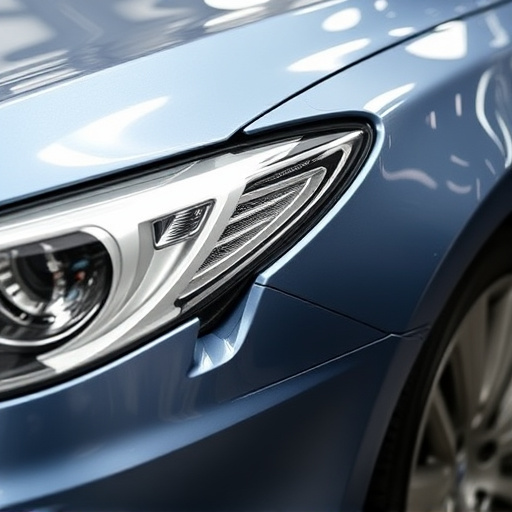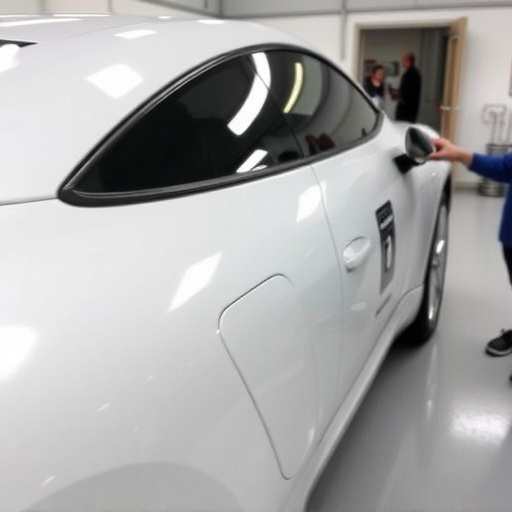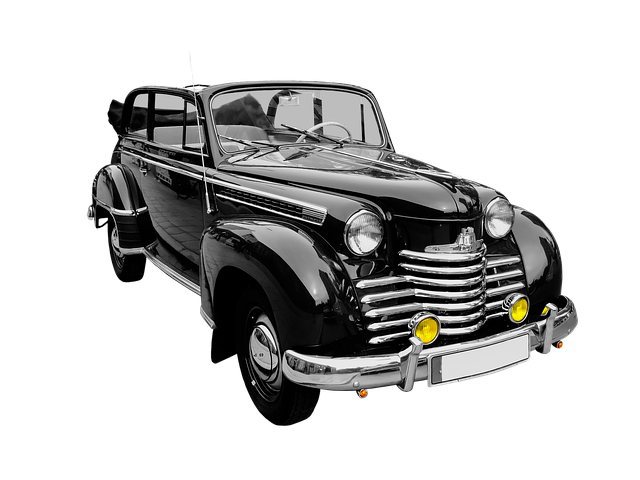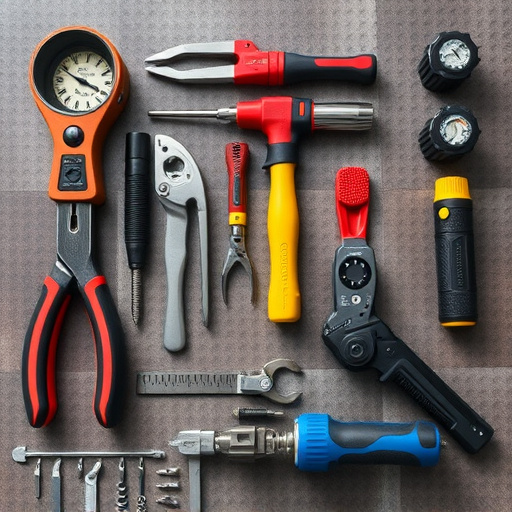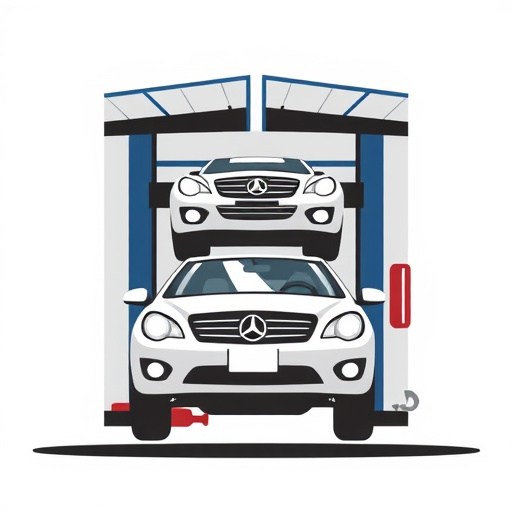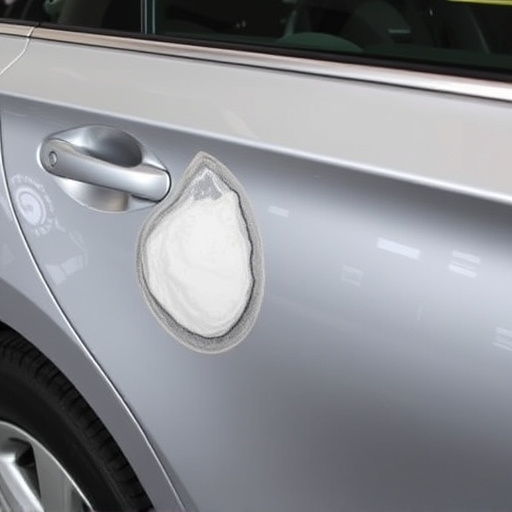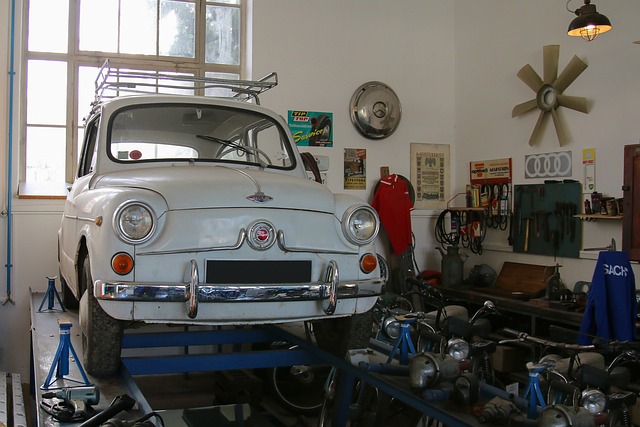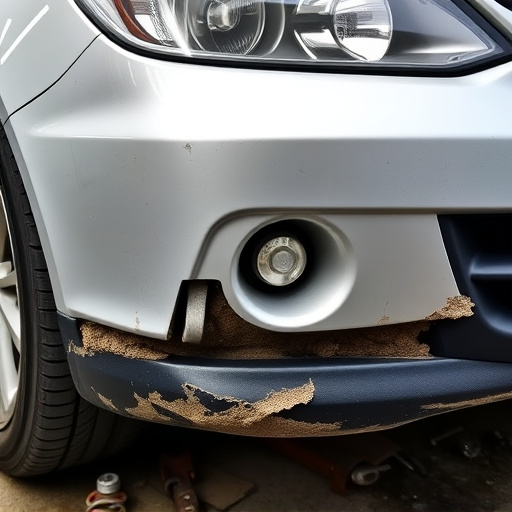Adopting waterborne paint technology enhances shop efficiency and product quality in dent repair and Mercedes Benz collision repair. This eco-friendly method reduces waste, offers superior coverage and faster drying times, and ensures precise color matching. Transition involves assessing current systems, selecting high-quality products, preparing workspace, training staff, conducting pilot tests, and monitoring process. Success measured through key results like process efficiency, product quality, and environmental impact, with potential cost savings and improved customer satisfaction.
Waterborne paint technology is transforming the way shops approach coating applications. Its environmental friendliness and superior performance make it a compelling choice for businesses aiming to enhance their operations and meet modern demands. This article delves into the transformative power of waterborne paint, offering insights on understanding its benefits, implementing this technology through a step-by-step guide, and measuring the success of your adoption through key performance indicators. Discover how this innovative approach can drive shop success while reducing environmental impact.
- Understanding Waterborne Paint Benefits for Your Shop
- Implementing Waterborne Technology: A Step-by-Step Guide
- Measuring Success: Tracking Results After Adoption
Understanding Waterborne Paint Benefits for Your Shop
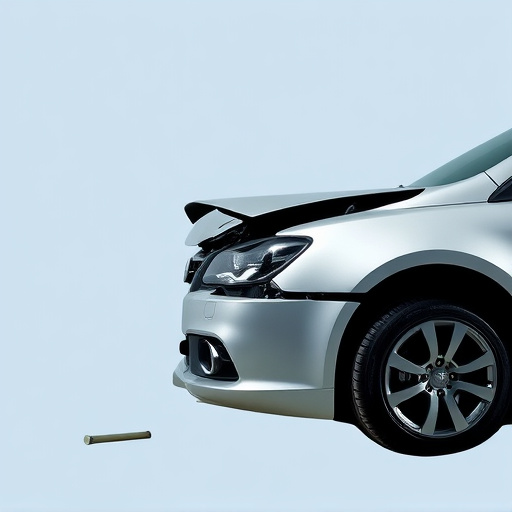
Adopting waterborne paint technology can significantly enhance your shop’s efficiency and product quality, especially in areas like dent repair and Mercedes Benz collision repair. This innovative approach to painting offers a range of benefits that traditional methods simply cannot match. First, waterborne paints are more environmentally friendly, as they use water as a solvent instead of harsh chemicals, leading to cleaner air and reduced waste. This not only contributes to your shop’s sustainability goals but also aligns with evolving consumer preferences for eco-conscious practices.
Moreover, these advanced paints provide superior coverage and faster drying times, streamlining the dent removal process and expediting collision repair services. Their low volatile organic compound (VOC) content ensures better indoor air quality during application, making the workspace safer for your staff. The versatility of waterborne paint technology allows for precise matching to original car colors, resulting in meticulous repairs that are virtually indistinguishable from the vehicle’s pre-damage state.
Implementing Waterborne Technology: A Step-by-Step Guide
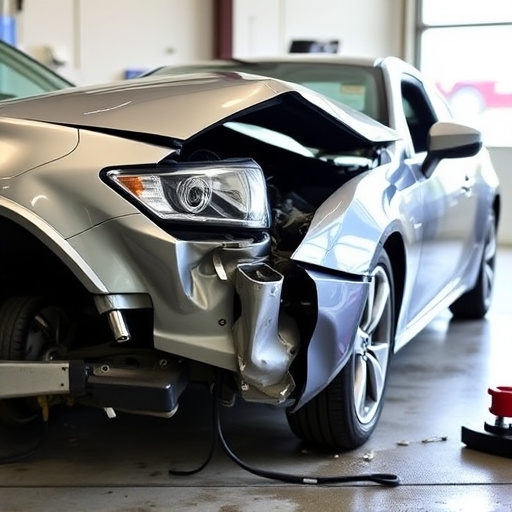
Implementing Waterborne Technology: A Step-by-Step Guide
1. Assess Your Current Systems: Begin by evaluating your current paint technology and processes, focusing on their efficiency, environmental impact, and cost. Identify areas where waterborne paint technology can offer improvements, such as reduced VOC emissions and faster drying times.
2. Choose the Right Waterborne Paint: Select a high-quality waterborne paint designed for automotive repair services or vehicle restoration projects. Ensure it meets industry standards and complies with local environmental regulations. Consider factors like durability, color consistency, and ease of application.
3. Prepare Your Workspace: Make necessary adjustments to your shop to accommodate waterborne paint technology. This may involve installing proper ventilation systems, adding dedicated mixing stations, and ensuring surface areas are suitable for the new paint system.
4. Train Your Staff: Educate your team on the safe handling, application, and cleanup procedures for waterborne paints. Proper training ensures consistent results and reduces the risk of accidents or health issues associated with traditional paint technologies.
5. Pilot Test: Conduct small-scale tests to fine-tune your new system. Start with sample projects to assess the paint’s performance, coverage, and overall effectiveness in a controlled environment before applying it to actual vehicle restoration or paint repair jobs.
6. Implement and Monitor: Once satisfied with the pilot test results, fully integrate waterborne paint technology into your regular workflow. Continuously monitor the process to identify any issues or inefficiencies, making adjustments as needed to maintain high-quality standards.
Measuring Success: Tracking Results After Adoption
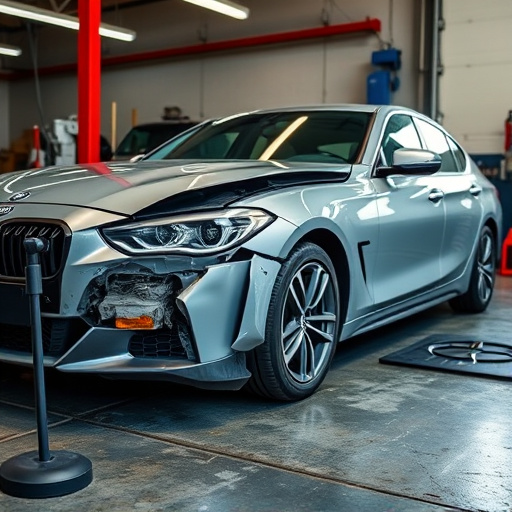
After adopting waterborne paint technology, it’s crucial to measure success by tracking key results. This includes evaluating the efficiency of the painting process—do waterborne paints reduce drying times and improve flow compared to traditional alternatives? Another important metric is the quality of the finished product; do they offer better color accuracy, reduced orange peel, or other visual imperfections?
Furthermore, consider the environmental impact: are there notable reductions in VOC (volatile organic compound) emissions? Tracking these outcomes not only validates the decision to switch but also provides insights into potential cost savings and enhanced customer satisfaction, particularly for car paint services and luxury vehicle repair operations where precision and efficiency are paramount.
Waterborne paint technology offers a sustainable and efficient solution for shops looking to enhance their operations. By understanding the benefits, following a structured implementation guide, and tracking key results, businesses can experience improved environmental performance, reduced waste, and potentially increased profitability. Adopting this technology is a step towards a greener future while ensuring your shop remains competitive in the market.
